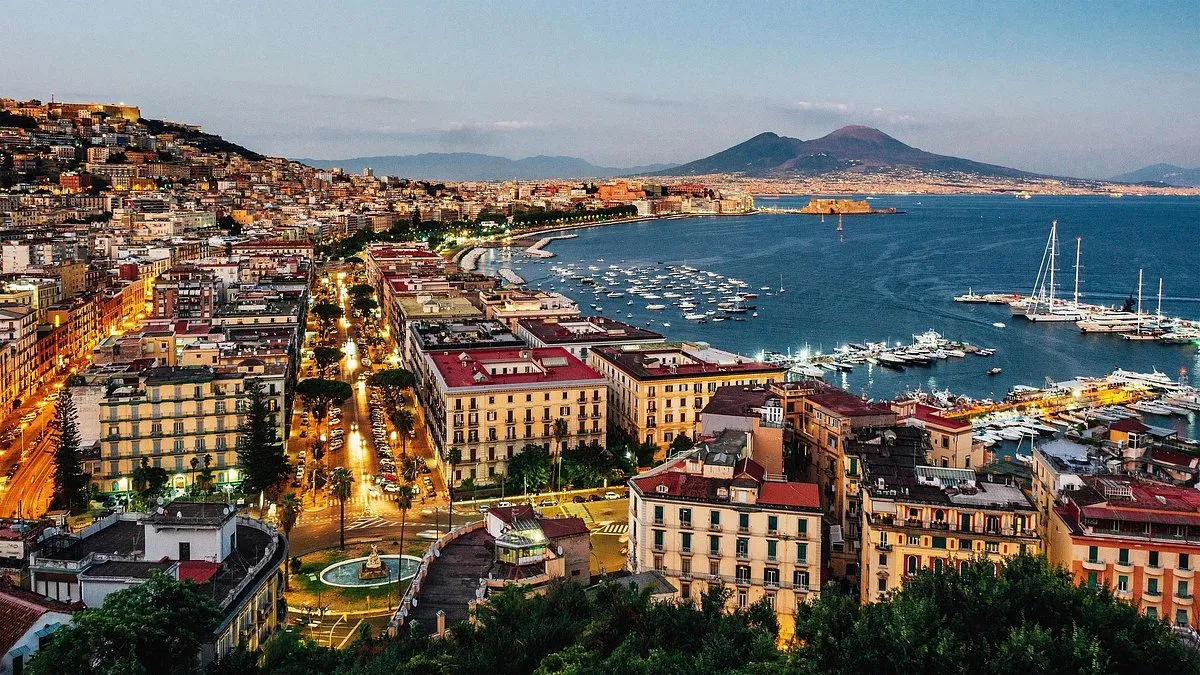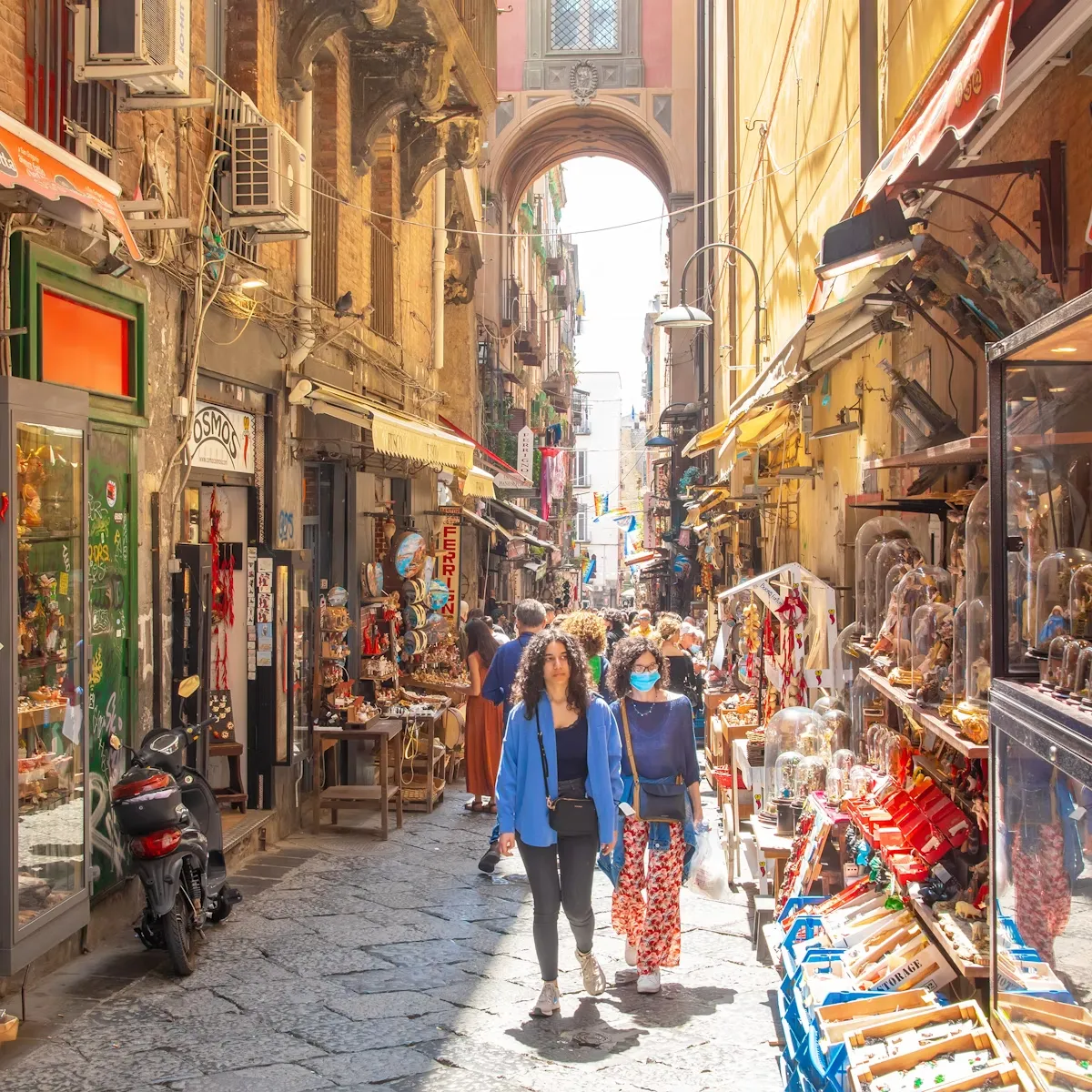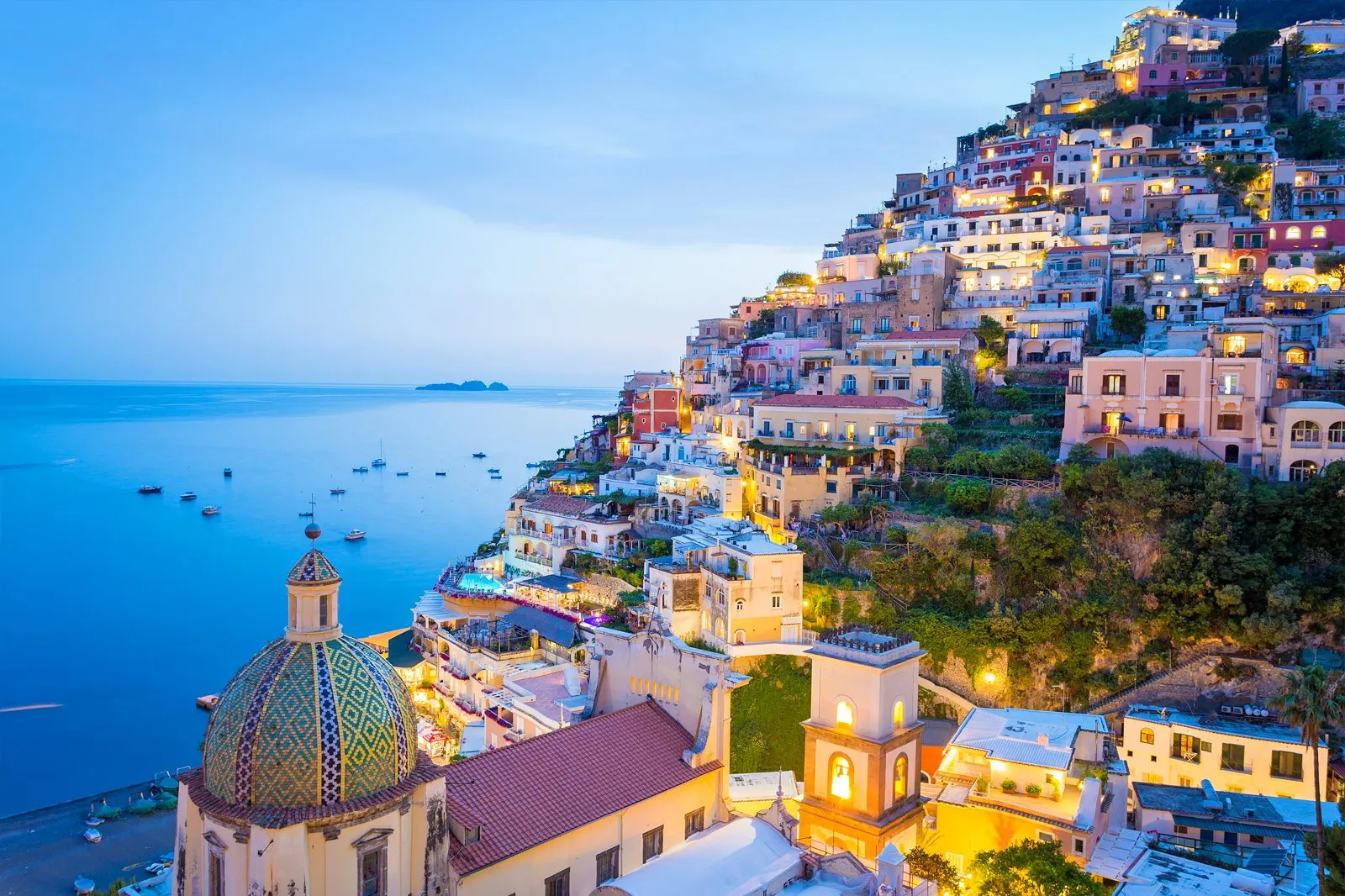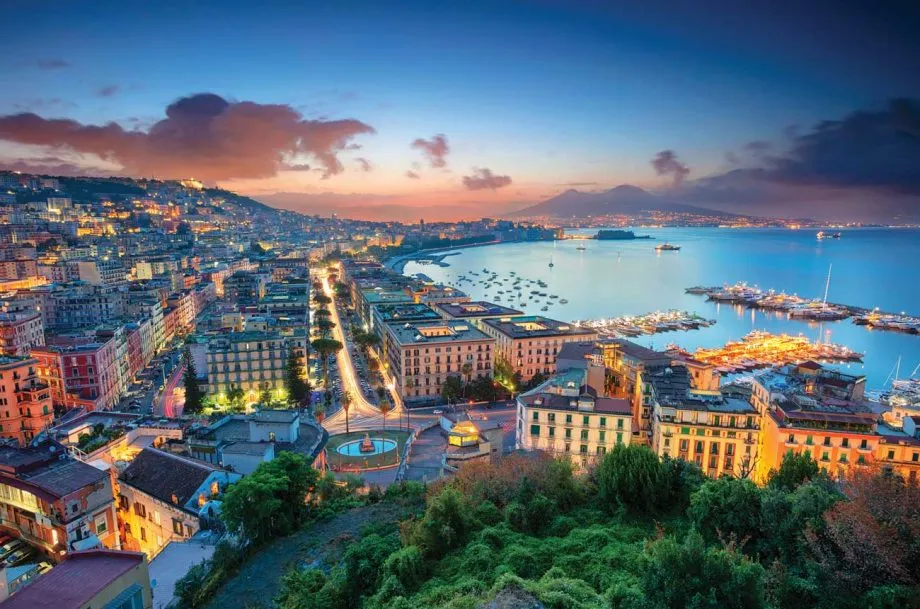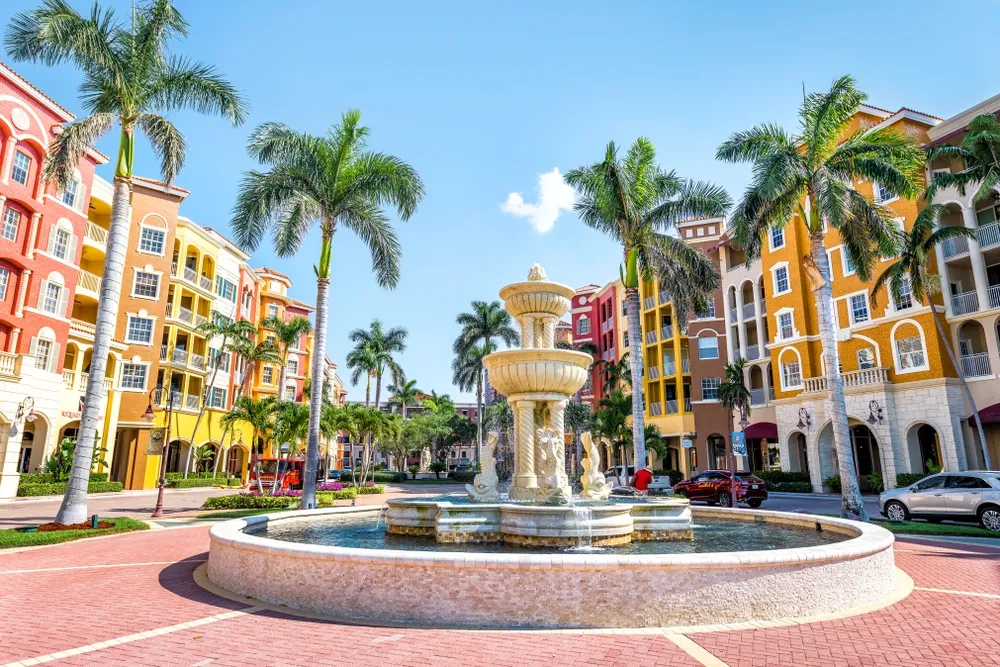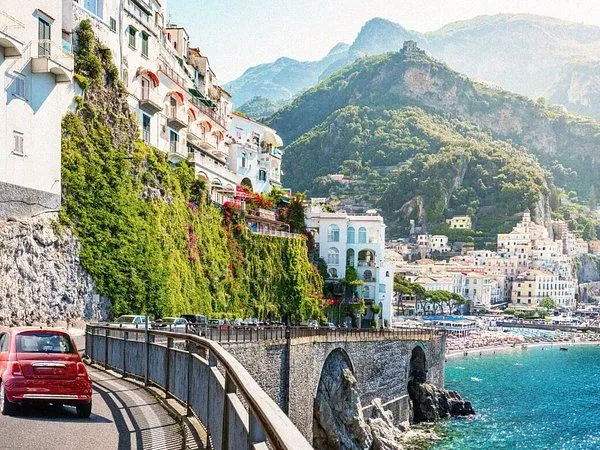
naples
naples Itinerary
Day 1: Arrival in Naples
Arrive in Naples and check into your accommodation. Spend the afternoon exploring the historic center of Naples, a UNESCO World Heritage Site. Visit Piazza del Plebiscito and see the Royal Palace of Naples and the Basilica of San Francesco di Paola. Explore the Spaccanapoli street, lined with shops, cafés, and historic buildings. Enjoy dinner at a traditional pizzeria, sampling Neapolitan pizza, a local specialty. Overnight in Naples.
Day 2: Naples
Take a guided walking tour of Naples' cultural and historical highlights. Visit the Naples National Archaeological Museum to see its extensive collection of Roman artifacts, including mosaics, sculptures, and frescoes. Explore the underground tunnels of the Napoli Sotterranea (Naples Underground) to learn about the city's ancient history and underground network of tunnels and caverns. Enjoy lunch at a trattoria serving traditional Neapolitan cuisine. In the afternoon, visit the Castel dell'Ovo, a seaside castle with panoramic views of the Gulf of Naples. Spend the evening at leisure, perhaps enjoying a passeggiata (evening stroll) along the waterfront. Overnight in Naples.
Day 3: Pompeii and Mount Vesuvius
Take a day trip to the ancient city of Pompeii and the nearby Mount Vesuvius. Explore the archaeological site of Pompeii, one of the best-preserved Roman cities in the world, buried by the eruption of Mount Vesuvius in 79 AD. Visit the ruins of Pompeii's temples, houses, and public buildings, including the Forum, the Amphitheater, and the House of the Vettii. Enjoy lunch at a restaurant near Pompeii. In the afternoon, take a guided hike to the crater of Mount Vesuvius, the volcano responsible for the destruction of Pompeii. Return to Naples in the evening and relax after a day of exploration. Overnight in Naples.
Day 4: Naples
Spend the day exploring more of Naples' cultural and culinary attractions. Visit the Capodimonte Museum to see its collection of Renaissance and Baroque art, including works by Caravaggio, Raphael, and Titian. Enjoy lunch at a pizzeria in the Vomero neighborhood, known for its panoramic views of the city. In the afternoon, visit the Certosa di San Martino, a former monastery with stunning architecture and panoramic views of Naples and the Bay of Naples. Explore the Quartieri Spagnoli (Spanish Quarter), with its narrow streets, colorful buildings, and lively atmosphere. Enjoy dinner at a seafood restaurant near the waterfront. Overnight in Naples.
Day 5: Amalfi Coast
Take a day trip along the stunning Amalfi Coast, one of Italy's most picturesque coastal regions. Visit the towns of Positano, Amalfi, and Ravello, each with its own unique charm and beauty. Explore Positano's winding streets, colorful houses, and beautiful beaches. Visit the Duomo di Amalfi and explore the town's historic center. Enjoy lunch at a seaside restaurant, sampling fresh seafood and local specialties. In the afternoon, visit the Villa Rufolo in Ravello and enjoy panoramic views of the coast from its terraced gardens. Return to Naples in the evening and relax after a day of sightseeing. Overnight in Naples.
Day 6: Naples
Spend the day at leisure, exploring Naples' neighborhoods, parks, and museums at your own pace. Visit the Naples Cathedral, dedicated to Saint Januarius, the patron saint of Naples. Explore the San Gregorio Armeno street, famous for its shops selling nativity scenes and figurines. Enjoy lunch at a café in the historic center, perhaps sampling traditional Neapolitan pastries like sfogliatella and baba. In the afternoon, visit the Museo di Capodimonte to see its collection of Renaissance and Baroque art. Spend your last evening in Naples enjoying a farewell dinner at a restaurant in the Chiaia neighborhood. Overnight in Naples.
Day 7: Departure from Naples
Depending on your flight schedule, you may have some free time in Naples for last-minute shopping or sightseeing. Transfer to the airport for your departure flight.
Our Tour Details
-
Pick-up and Drop
-
Duration6N/7D
-
Starting Price₹/-
Frequently asked Questions:
Naples is located in southern Italy, in the Campania region. It is situated along the coast of the Tyrrhenian Sea, overlooking the Bay of Naples and Mount Vesuvius.
Naples is known for its rich history, art, culture, cuisine, and stunning coastline. It is famous for landmarks such as the historic city center (a UNESCO World Heritage Site), Naples Cathedral, the Royal Palace of Naples, and the archaeological sites of Pompeii and Herculaneum.
While Naples has a reputation for some crime, it is generally considered safe for tourists, especially in well-trafficked areas. Visitors should exercise caution and be aware of pickpocketing, especially in crowded areas and on public transportation.
Some of the main attractions in Naples include the historic city center (Spaccanapoli), Naples Cathedral (Duomo di San Gennaro), the Royal Palace of Naples (Palazzo Reale), Castel Nuovo (Maschio Angioino), and the Naples National Archaeological Museum.
Naples has a Mediterranean climate, characterized by hot, dry summers and mild, wet winters. The weather can be changeable throughout the year, with occasional rainfall.
The official language of Naples and Italy is Italian. However, Neapolitan, a Romance language with its own distinct dialect, is also spoken in the region. English is widely spoken, especially in tourist areas, hotels, and restaurants.
Naples is served by Naples International Airport (NAP), also known as Capodichino Airport, which is located about 7 kilometers northeast of the city center. Additionally, Naples is accessible by train from other cities in Italy and by ferry from neighboring islands and countries.
The currency used in Naples is the Euro (EUR). ATMs are widely available, and credit cards are accepted in most establishments.
Yes, Naples has its own cultural norms and customs. When greeting someone, it is customary to shake hands or kiss on the cheeks, depending on the level of familiarity. It is also polite to say "please" (per favore) and "thank you" (grazie) when interacting with locals.
Naples has a lively nightlife scene, with a variety of bars, cafes, restaurants, and clubs catering to different tastes and preferences. The areas around Piazza Bellini, Piazza San Domenico Maggiore, and the waterfront are particularly known for their vibrant nightlife, with plenty of options for entertainment and socializing.

